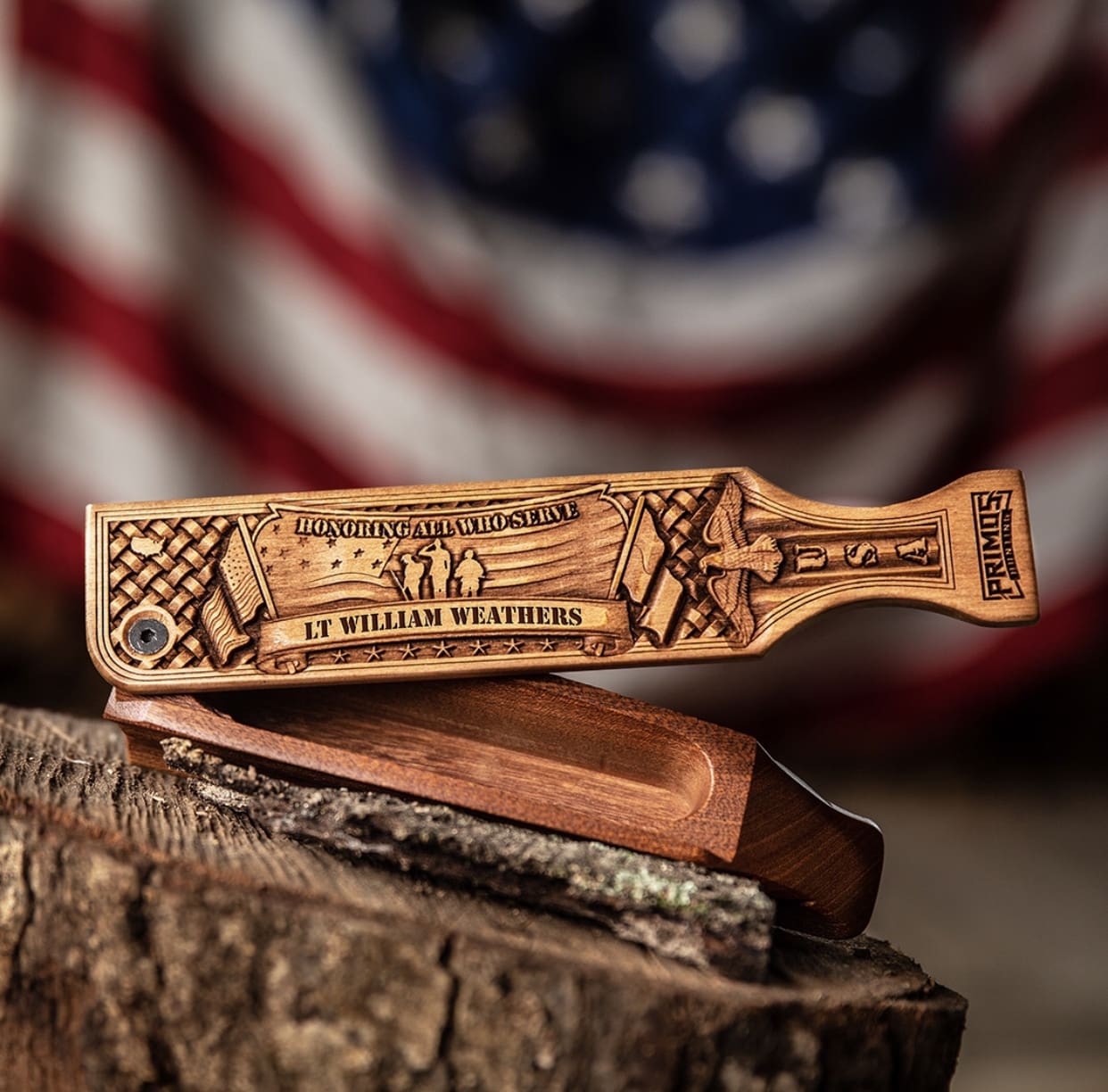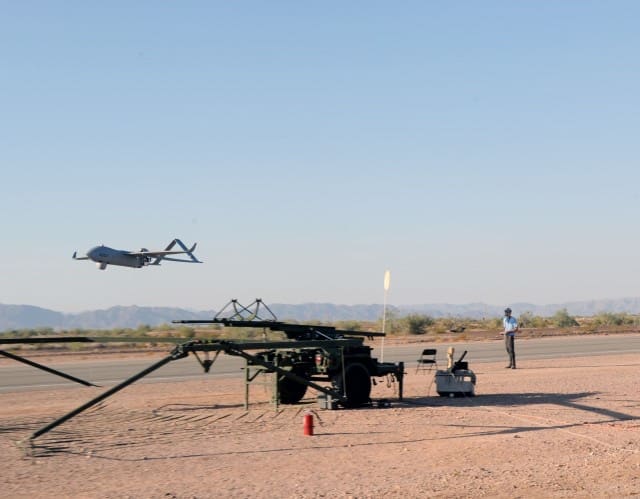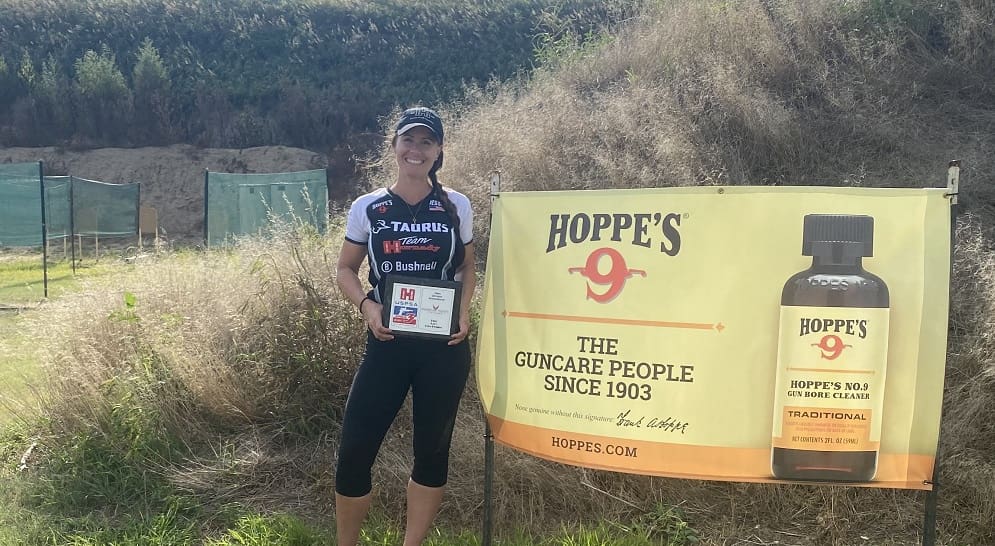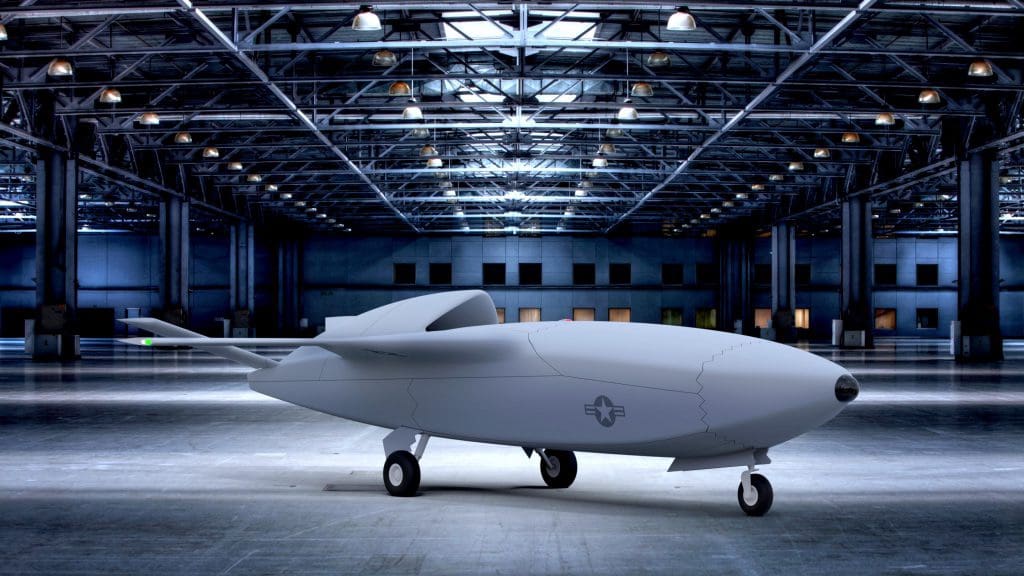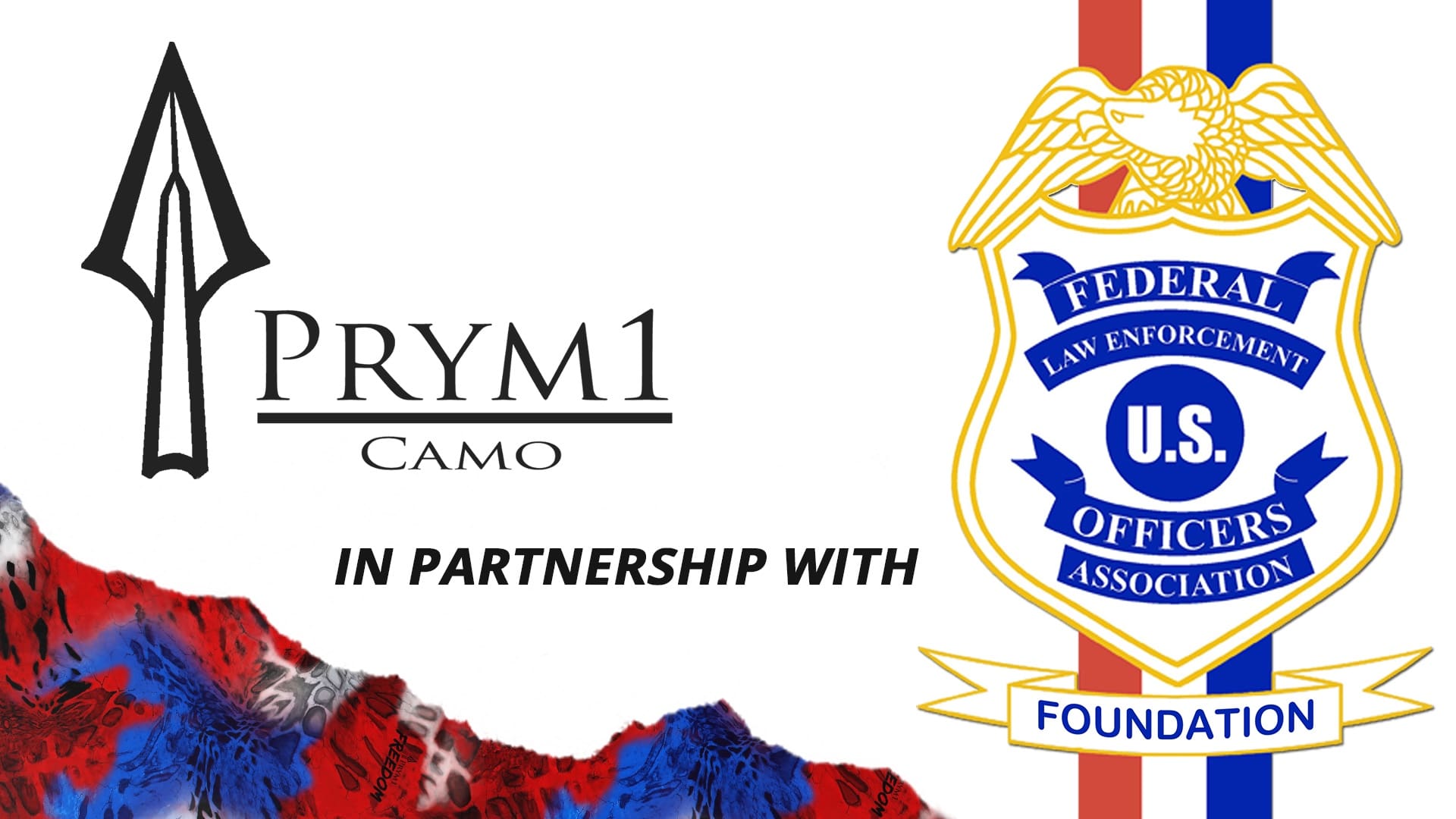Binoculars are one of the most important things to have when you are on the water. It one of the only times you will truly be in the wide open for everyone to see you and if you can’t see them you are at a big disadvantage. When it comes to selecting a good pair of binoculars for use on the water or in the field, there are a lot of things to look for. Most of the time, if you are not a sniper, you really don’t understand or care what all this stuff means. But here are a few things you should know to help you choose the right ones for the job.
• 7 x 50’s and 8 x 32’s
• What about prisms
• Are coated optics important
Binoculars are described using two numbers, such as 7 x 50 or 8 x 25. The first number identifies the magnification or power. The second is the diameter of the objective lens (the lens at the front) in millimeters. Magnification power describes how much closer objects appear when you view them. In a 7 x 50 binocular, the image is magnified seven times. Increased magnification reduces the brightness of the image, so as magnification increases, binoculars require increasingly larger objective lenses to maintain brightness. The larger their size, the more light they can gather.
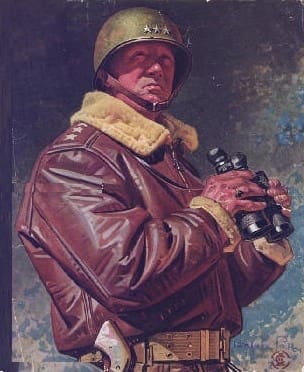
Magnification: Many binoculars used on land have too much magnification for use on a non-stable platform. The more an image is magnified, the harder it is to keep an object in view, so 7x power is the practical magnification limit for small boats (under 50′). Image stabilizing binoculars allow comfortable viewing with much higher magnification, up to 18x power, because they automatically compensate for movement.
Waterproof construction: With the combination of water, salt, and changes in temperature, it will cause the interior lenses of a non–waterproof binoculars to fog. Waterproof construction, with the internal O-rings, sealed and filled or “charged” with dry nitrogen, combined with flotation in the strap, to help protects your binoculars if they are dropped overboard.
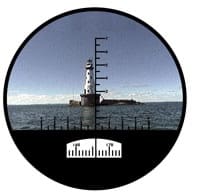
Rangefinders are handy for taking bearings or determining approximate height of or distance to an object.
Do you need a built-in compass or rangefinder reticule?
Bearing compasses: Built-in compasses, which appear superimposed near the image you see through the lens, lets you take bearings from an object that is very far away. They are highly recommended for marine use.
Rangefinder reticule: If you know the height of an object, such as a hill or navigation marker (often printed on charts and maps) and can measure the angle to its top using binoculars equipped with a rangefinder reticule, you can calculate your distance from that object.
Individual focus, center focus, or fixed focus?
Binoculars may have independent eyepiece focus to compensate for the differences between eyes and for different distances. In center-focus binoculars, one eyepiece adjusts to accommodate the difference between your eyes. A central focus knob then adjusts both sides simultaneously for distance.
Steiner Binoculars use a fixed-focus system, with a very deep depth of field, called Sport Auto-Focus. With Sports Auto-Focus, once you’ve adjusted your ocular settings for differences in your individual eyes, you won’t need to adjust the binocular again for varying distances. You’ll get a sharp, clear picture from 50′ to infinity. This set-it-and-forget-it system works well.
Relative brightness: How bright an image appears is a function of the quality of the optics and the ratio of the objective lens diameter divided by the magnification, squared (50 ÷ 7)2. So, 7 x 50 binoculars have a relative brightness of about 50, while 8 x 23 binoculars have a relative brightness of only 8.2. Objects will be visible in far less light with the 7 x 50 models.
Light transmission efficiency: Cheap glasses may allow only half the light entering the objective lenses to reach your eyes. Good quality glasses pass about 75% of the light. Truly exceptional binoculars, such as top models from Steiner and Fujifilm, pass more than 93% to 97% of light to your eyes, making all objects appear brighter. Quality optics also make the image sharper. Inexpensive glasses may produce astigmatic images that are fuzzy at the edges. Superior glasses are sharp from edge to edge and are less fatiguing to the eyes when used for extended periods.
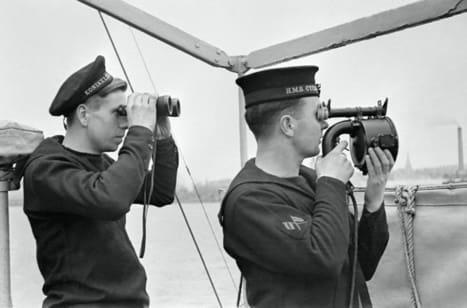
Lens coatings. When light enters or leaves a piece of glass, about 5% is reflected back. With as many as 16 air/glass surfaces inside your binoculars, there could be a lot of internal light bouncing around, reducing the brightness, sharpness, and contrast of the image. Lenses are coated using one or more thin layers of chemicals (most commonly magnesium fluoride), reducing this internal reflection from 5% to 1% or less. But not all coatings are the same. If you look at the outside lens surfaces, quality lens coatings will appear as subtle tints of violet, blue, or green. Heavily colored lenses in cheap glasses actually reduce the amount of light transmitted. Also, better binoculars include more layers, with more complex chemical combinations, on more surfaces, to achieve light transmission efficiency.
• Coated: one or more surfaces coated with a single layer.
• Fully coated: all air-to-glass surfaces are coated with a single layer.
• Multi-coated: one or more surfaces coated with multiple layers.
• Fully multi-coated: all air-to-glass surfaces are coated with multiple layers.
Field of view The field of view describes the width of the image you see, measured in feet at the distance of 1000 yards. Binoculars offering 385′ field of view show the viewer a cone that is 385′ wide 1000 yards out. Higher-powered image-stabilized binoculars provide a narrower field of view (200–340′) than conventional units (up to 430′).

Prisms are used to invert and magnify an upside-down image, are either Porro (binoculars with a dog-leg shape) or roof prisms (with straight tube configuration that is easier to hold). There is some disagreement as to which is best, but it’s generally believed that Porro prisms yield superior optical performance. They transmit more light, resulting in brighter images, and provide better depth perception, because their objective lenses are farther apart. However, some roof prisms with phase shift coating provide excellent performance.
Image-stabilizing binoculars

Image Stabilizing (I.S.) binoculars provide a steady image, even on a Zodiac that is not stable. The rolling, pitching and bouncing motion on a boat makes it hard to keep an image in focus using binoculars. I.S. binoculars automatically compensate for movement on a non-stable platform, like a boat, helo, or a side by side to deliver a stable image, even at high magnifications.
There are a few companies that make I.S bino’s, and they all basically work the same but, every company is a little different. Fujinon’s Techno–Stabi IS binoculars are built with dual piezo–motion sensors and gyro position sensors that are linked to direct drive motors for instant and continuous stabilization with low battery drain. The Techno–Stabi achieves a high degree of stabilization in all planes. Two direct-drive motors–one horizontal, one vertical–each controlled by its own piezo vibration sensor, instantly stabilize the image. Phase–coated roof prisms help provide clarity. Power consumption is minimal, and they are advertised as waterproof.
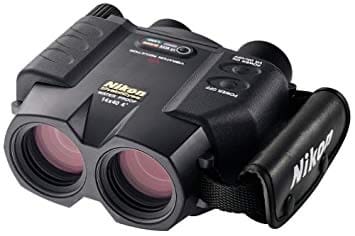
Nikon’s StabilEyes binoculars and Fraser Optics binoculars and monocular are built with a digitally stabilized gimbaled servo system to provide a view that is unaffected by handshake or vibration. The StabilEyes provide constant stabilization when activated, and Nikon’s original dual-mode system allows for use on land and sea by compensating for both roll and shake. The StabilEyes line is also completely waterproof and fog proof. The power consumption of the AA batteries is minimal in spite of the constant image stabilization functions.



